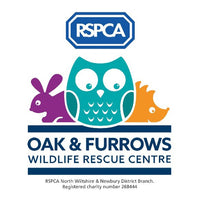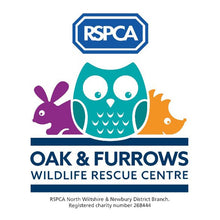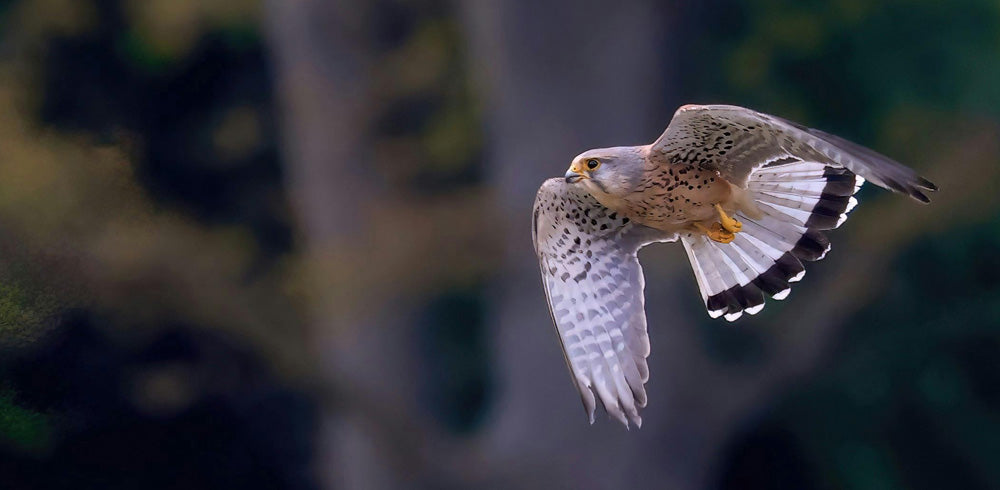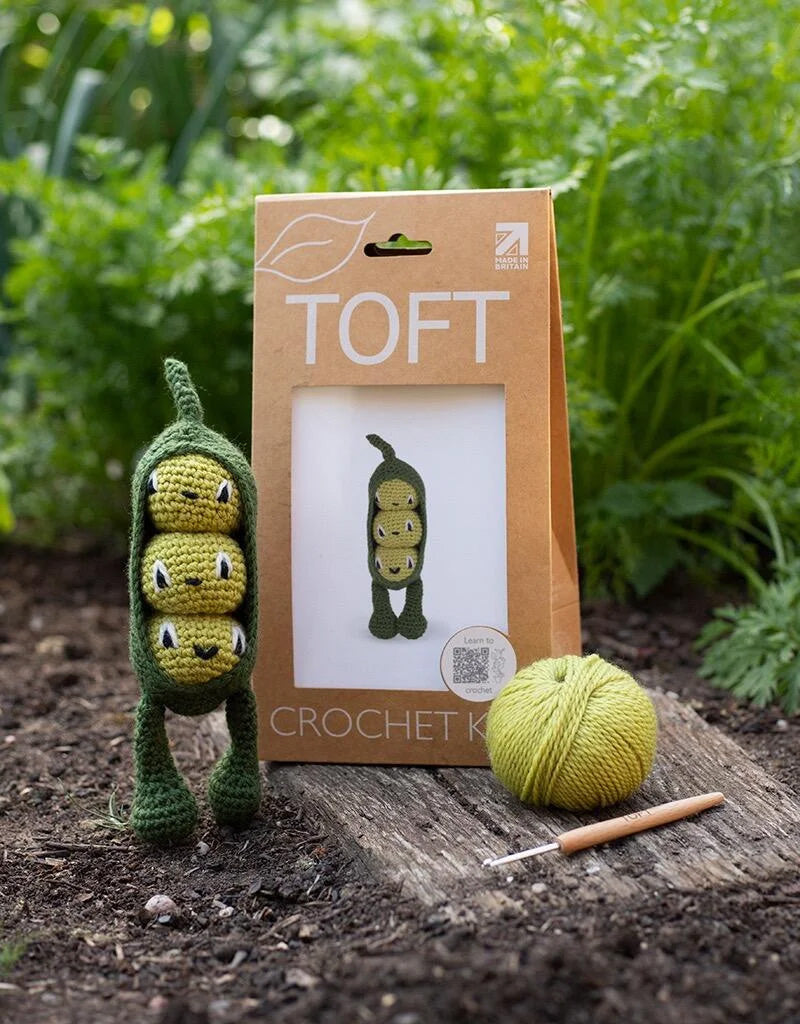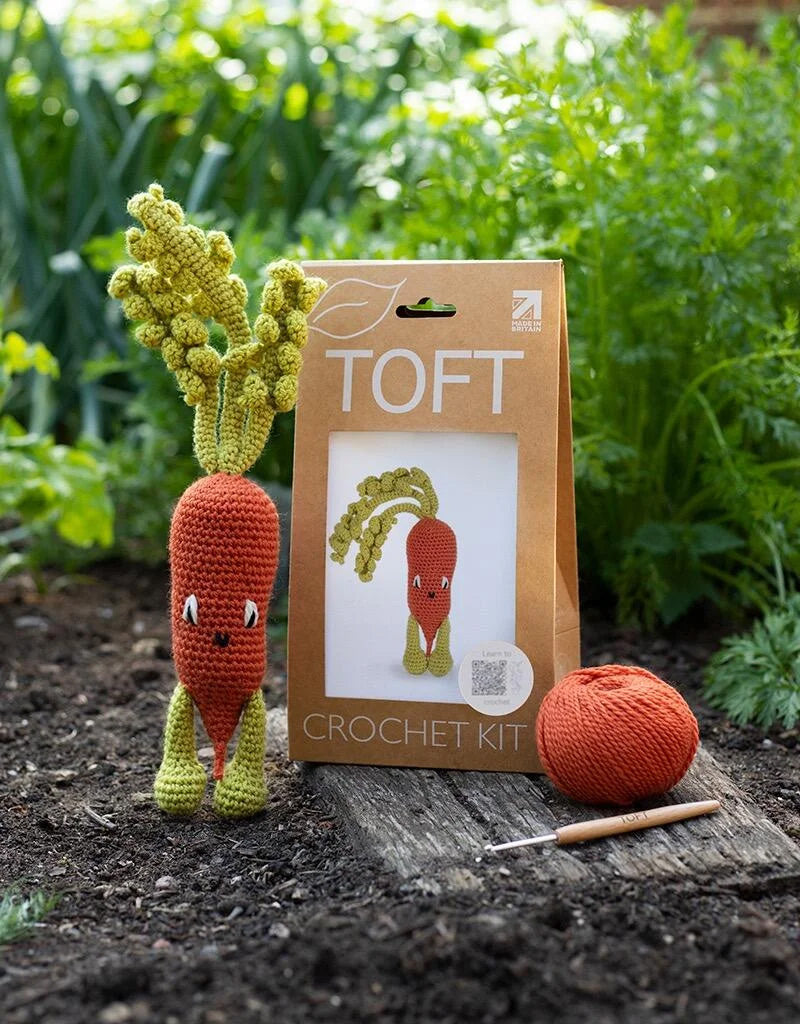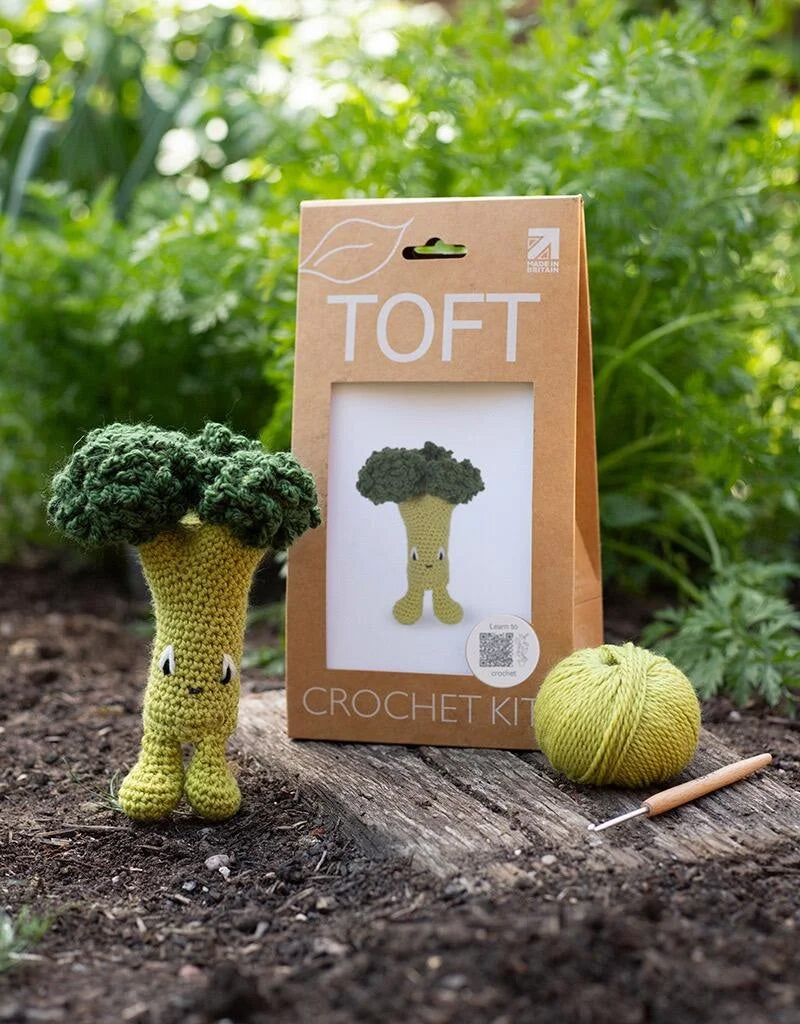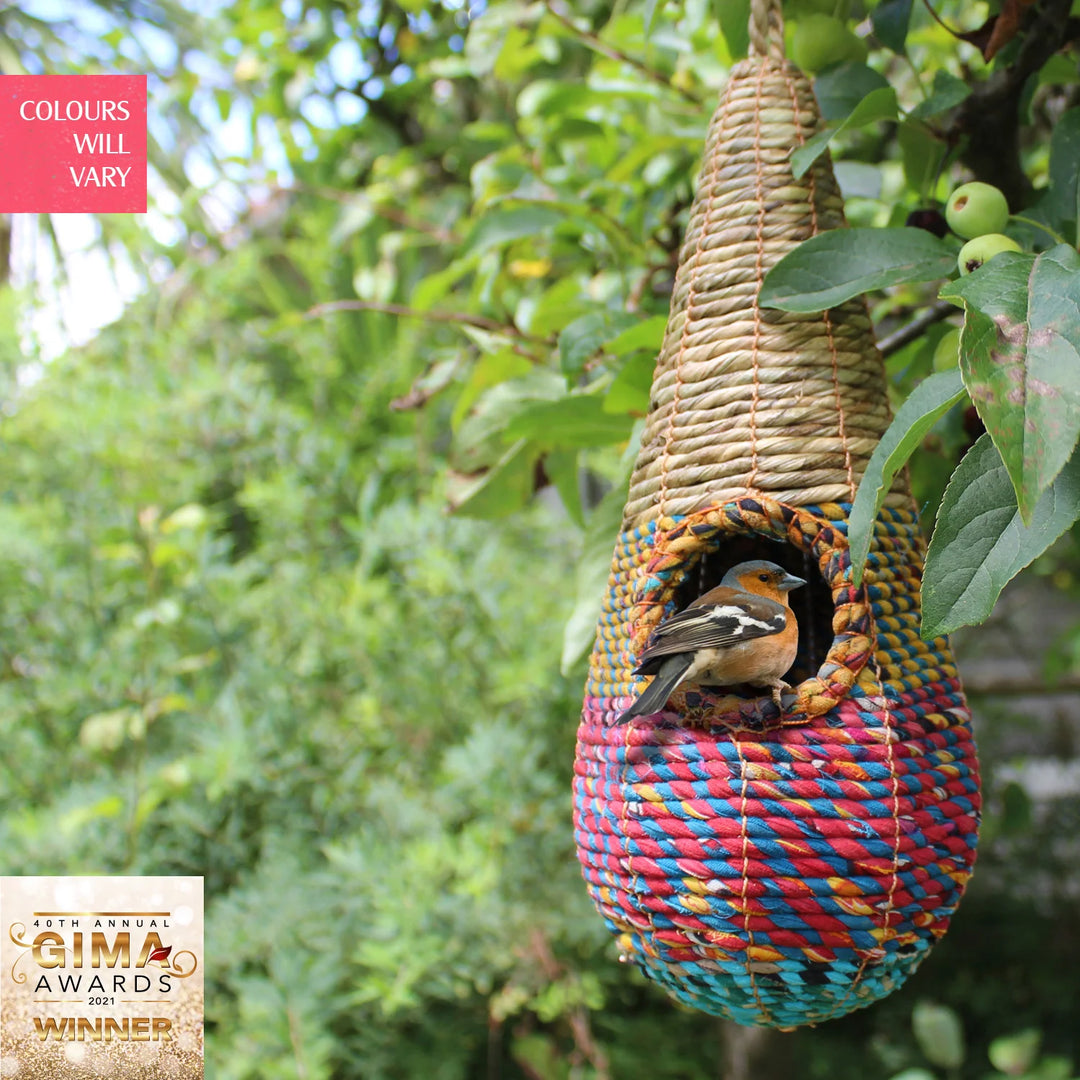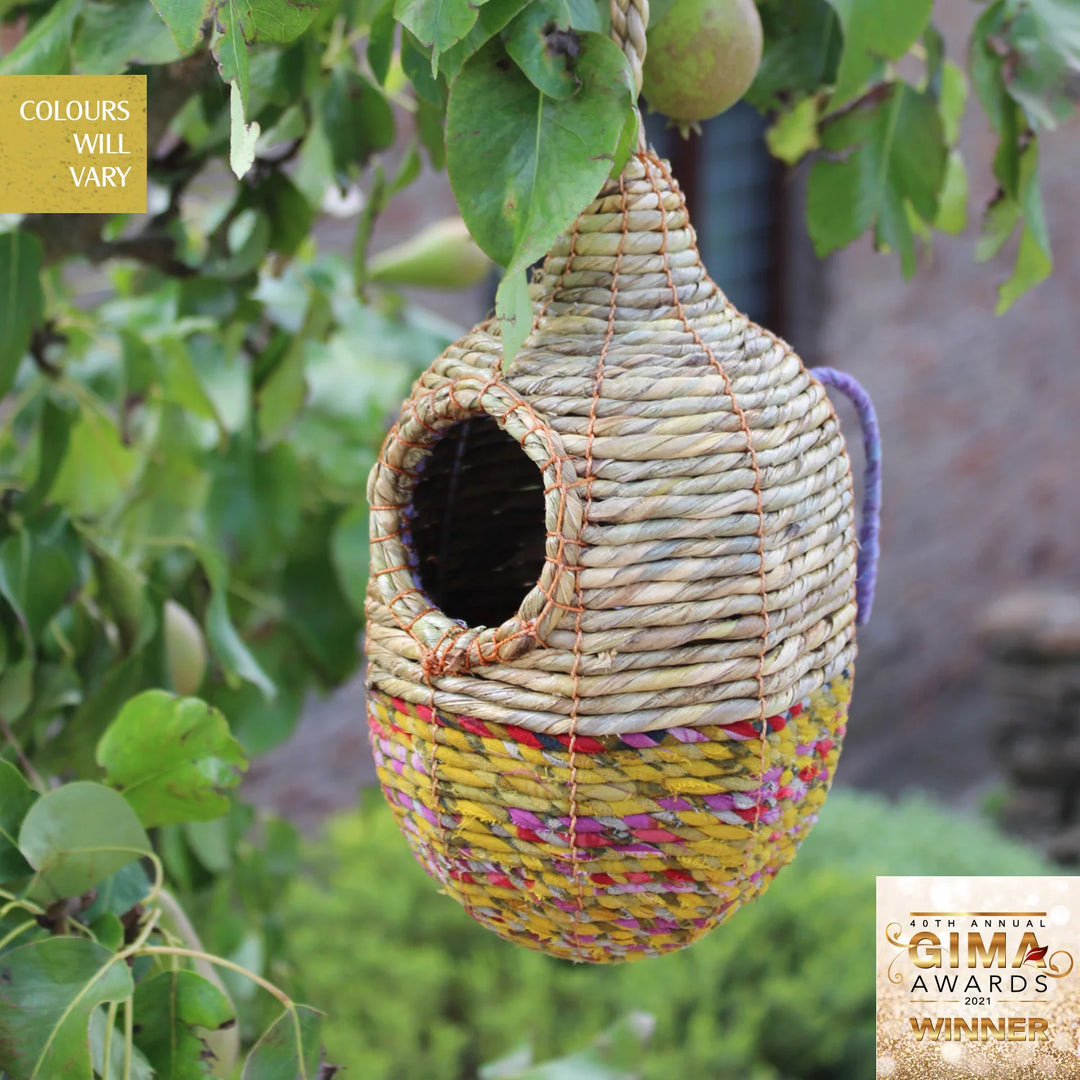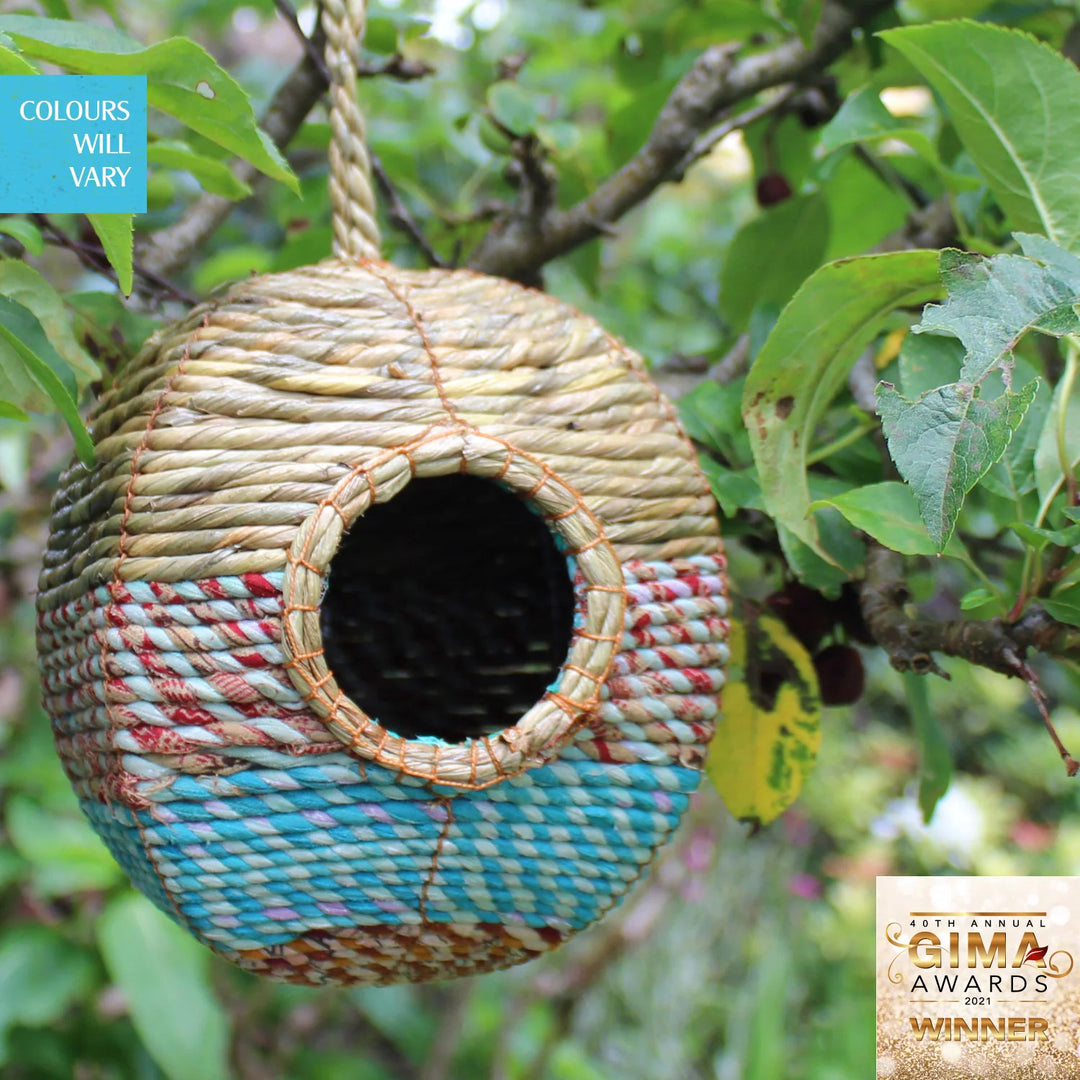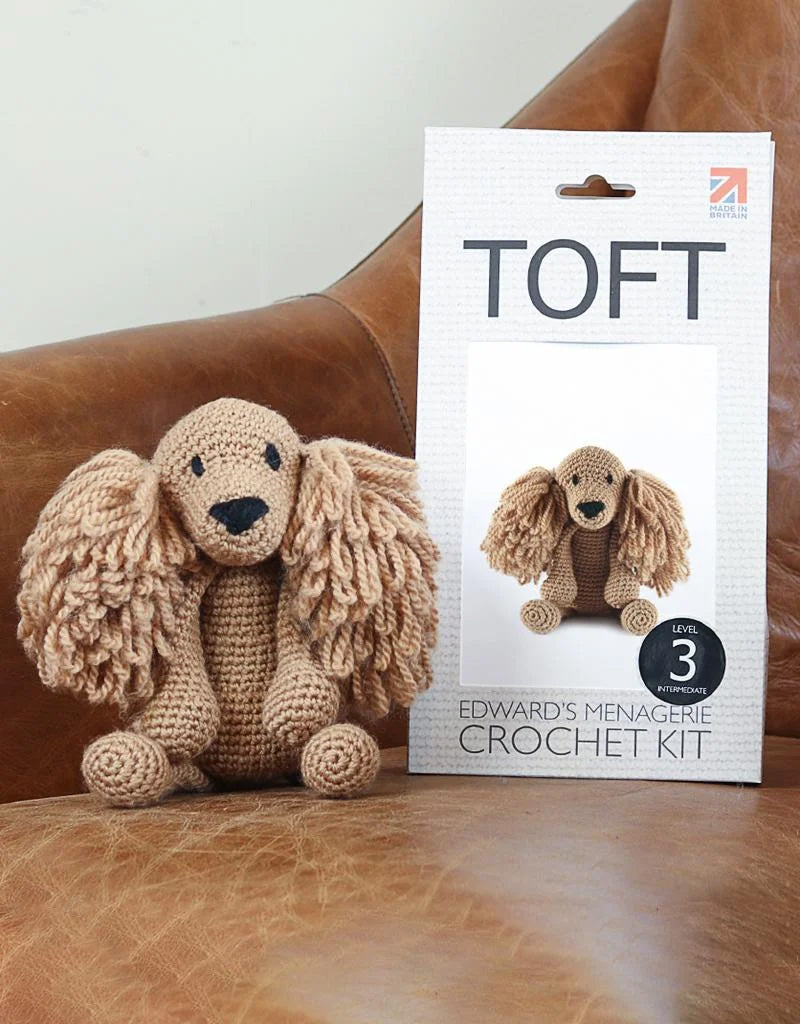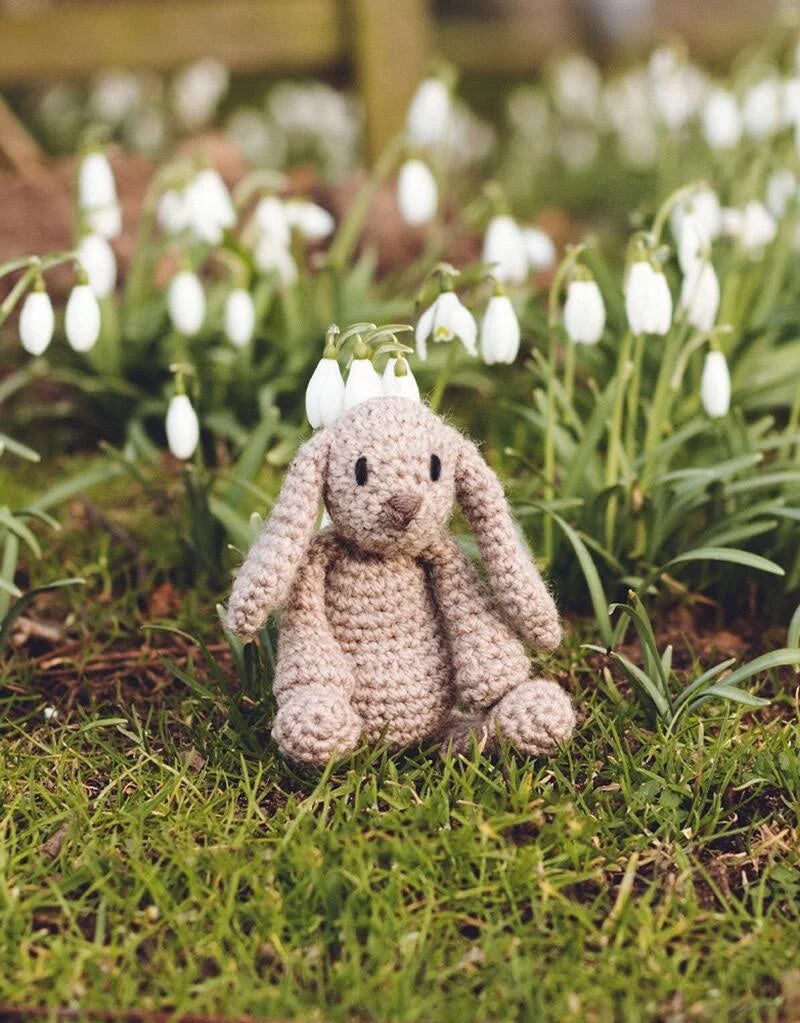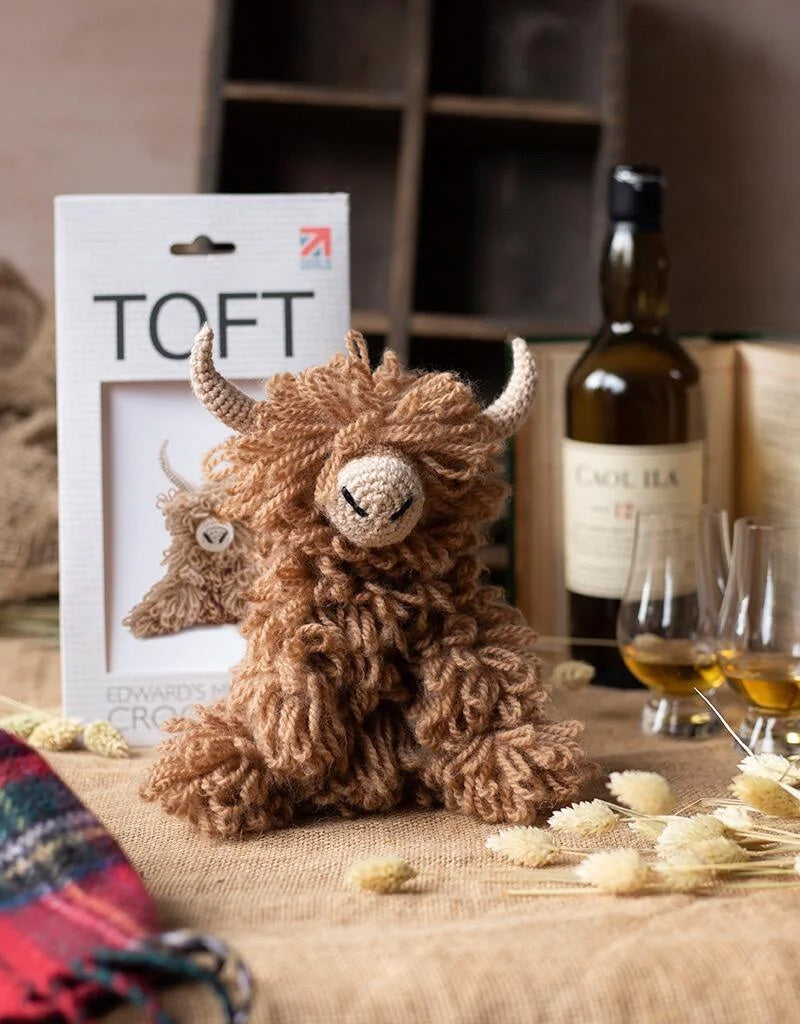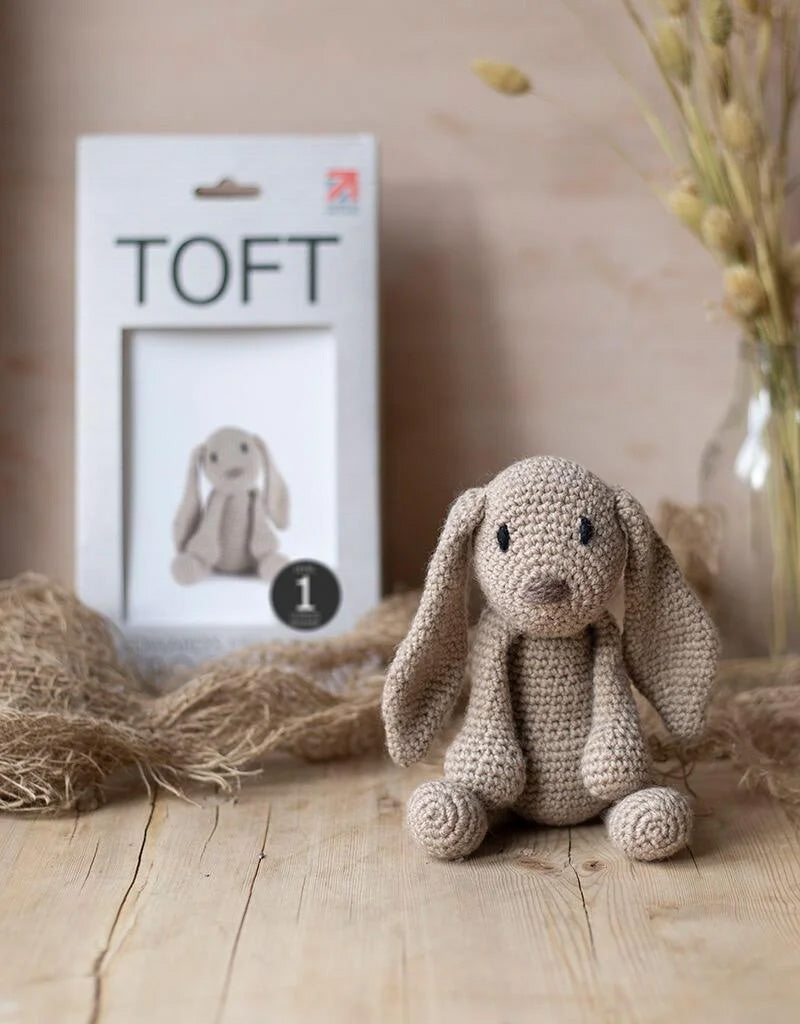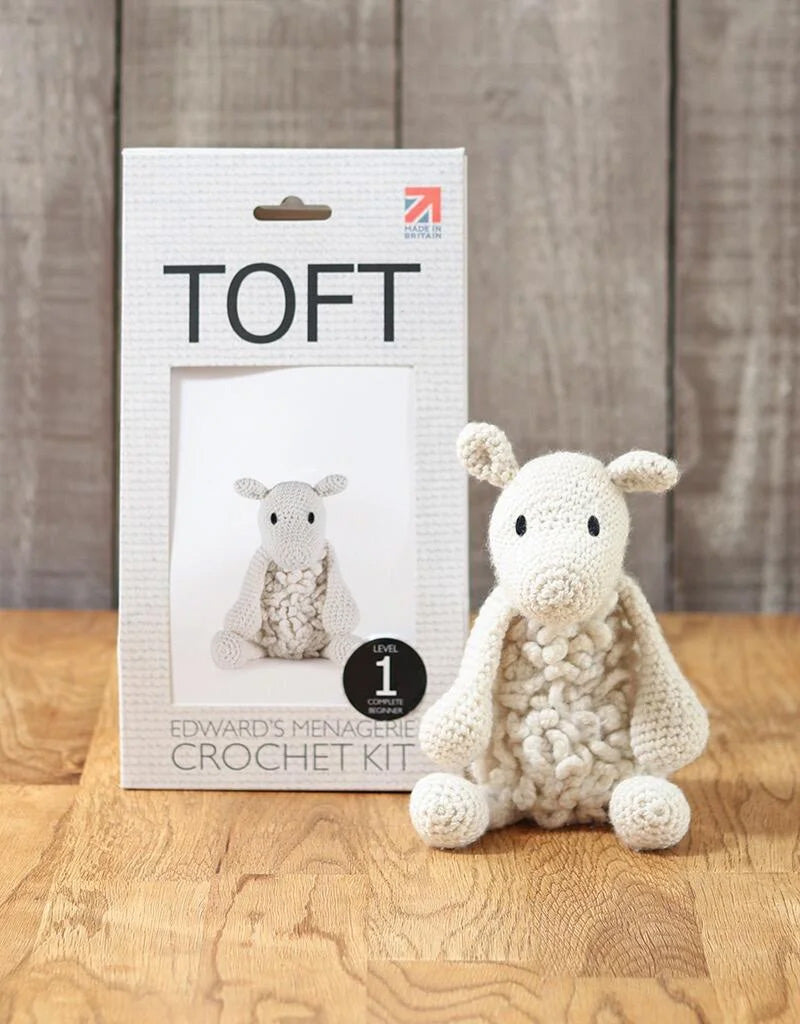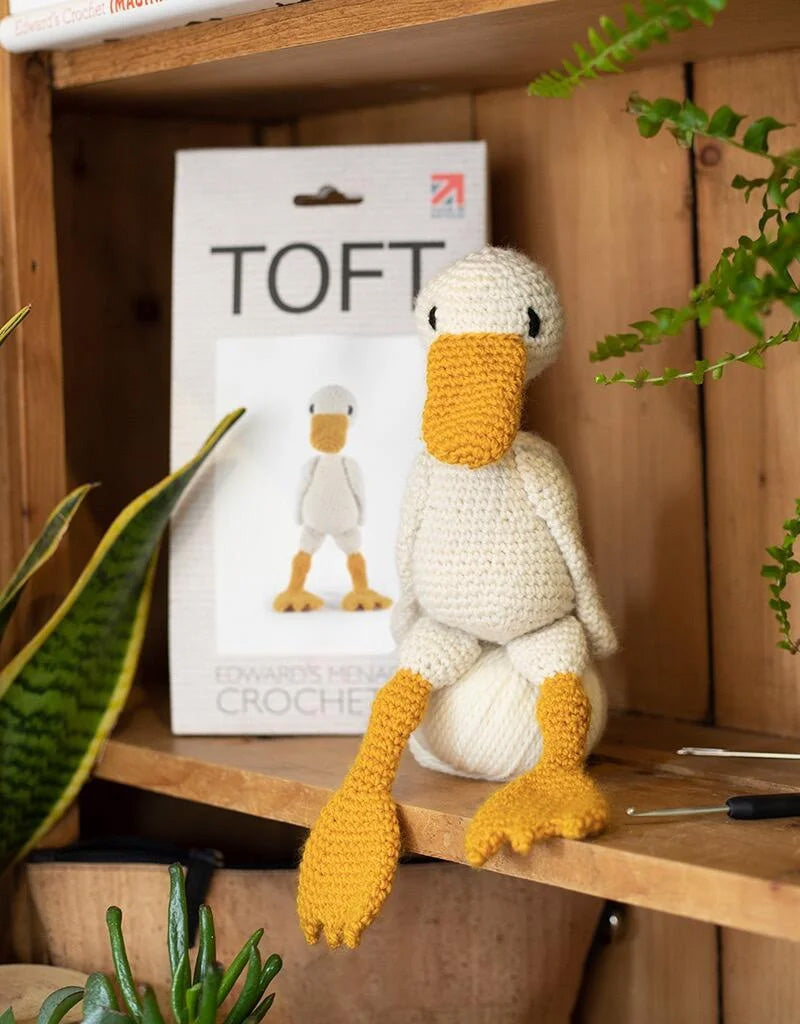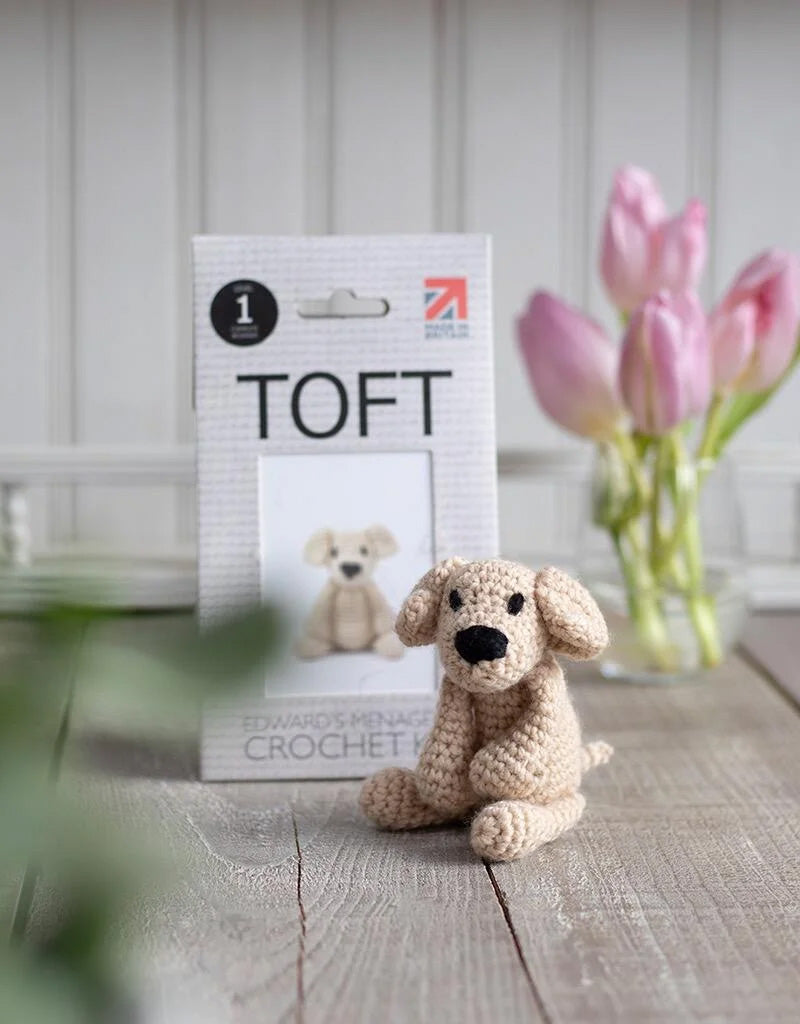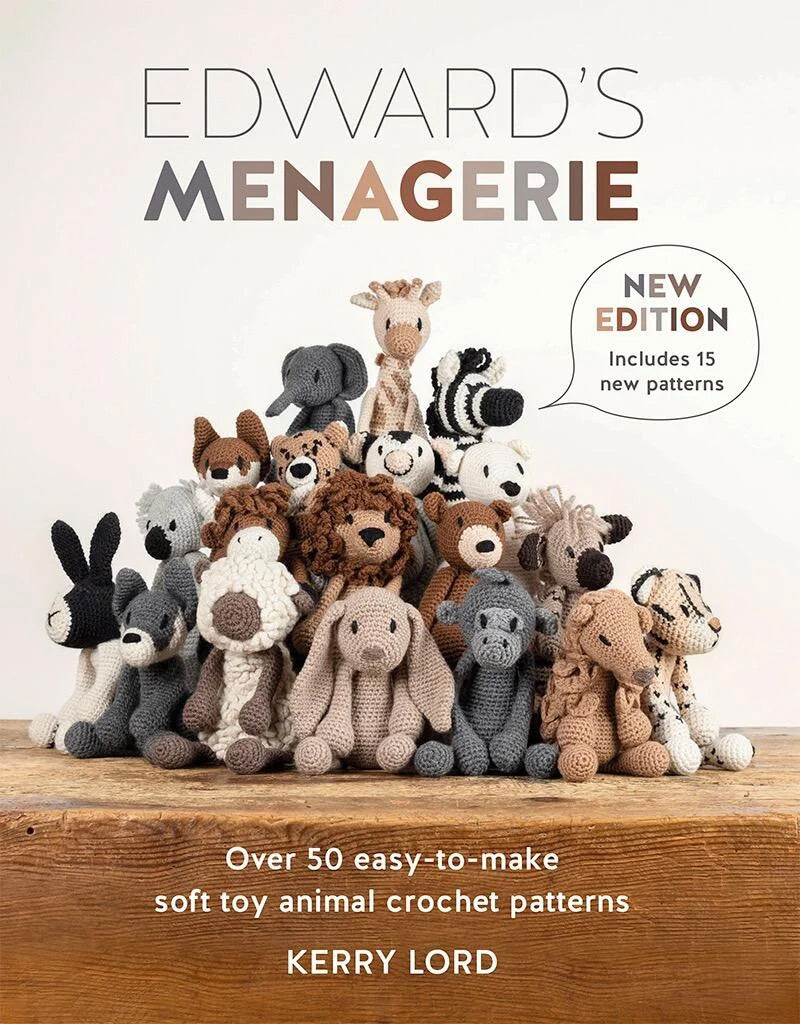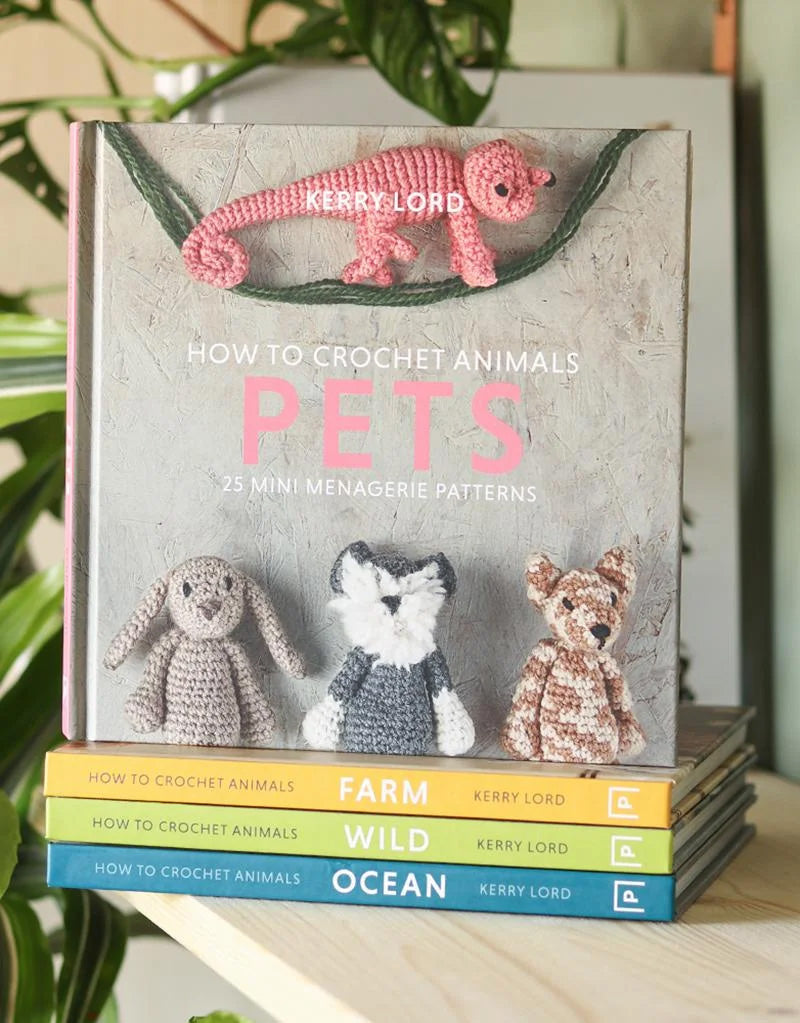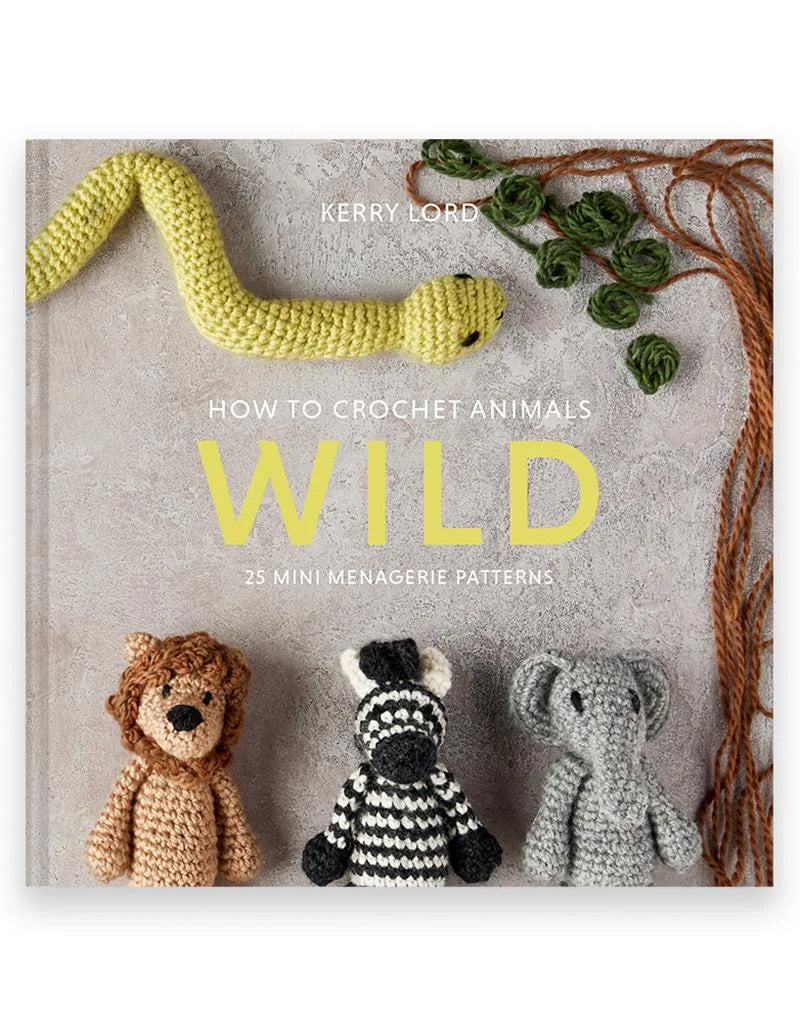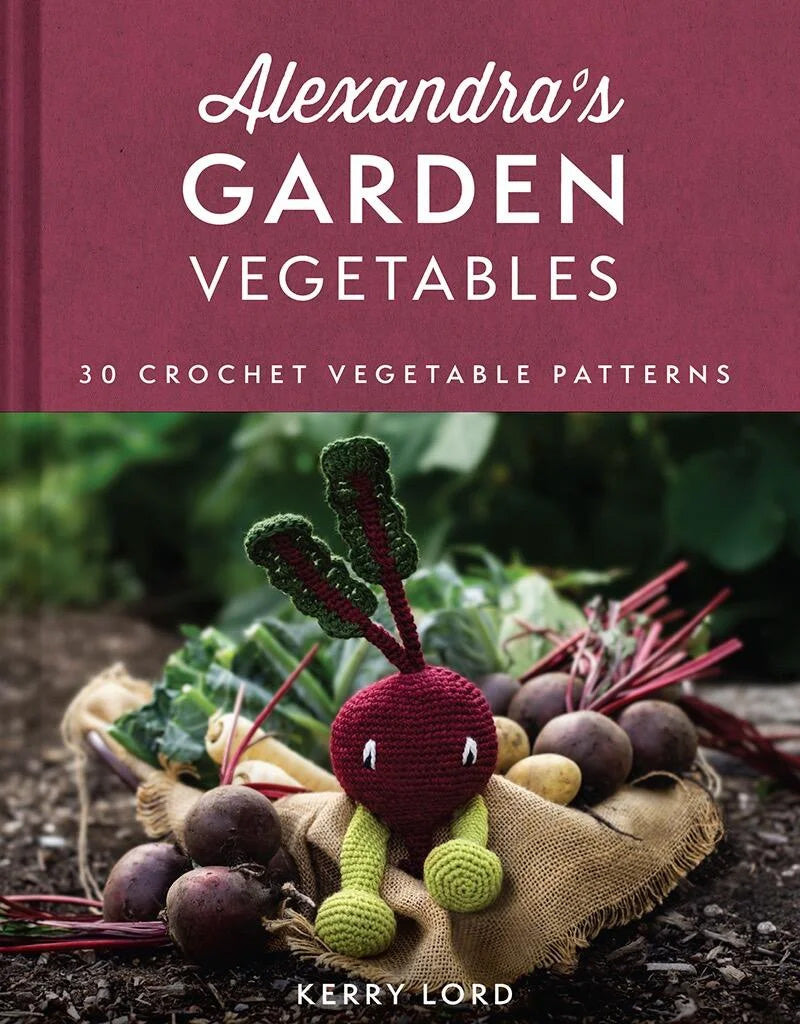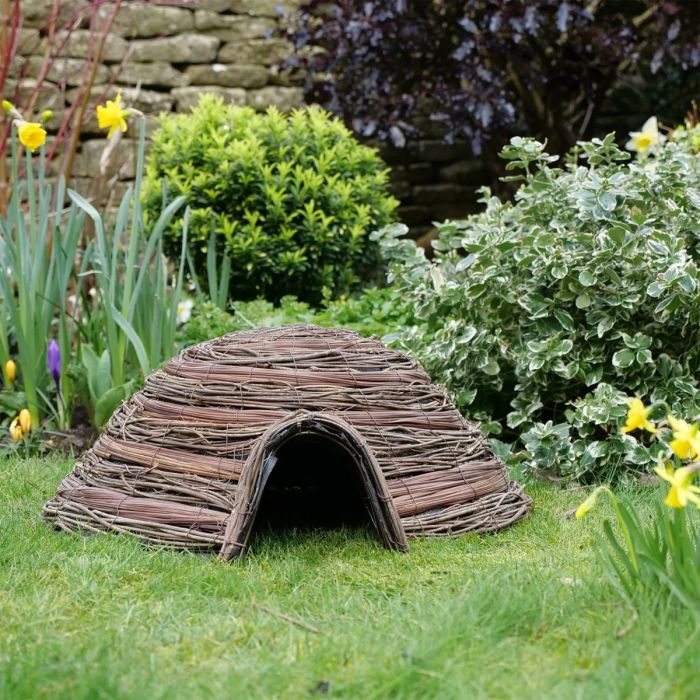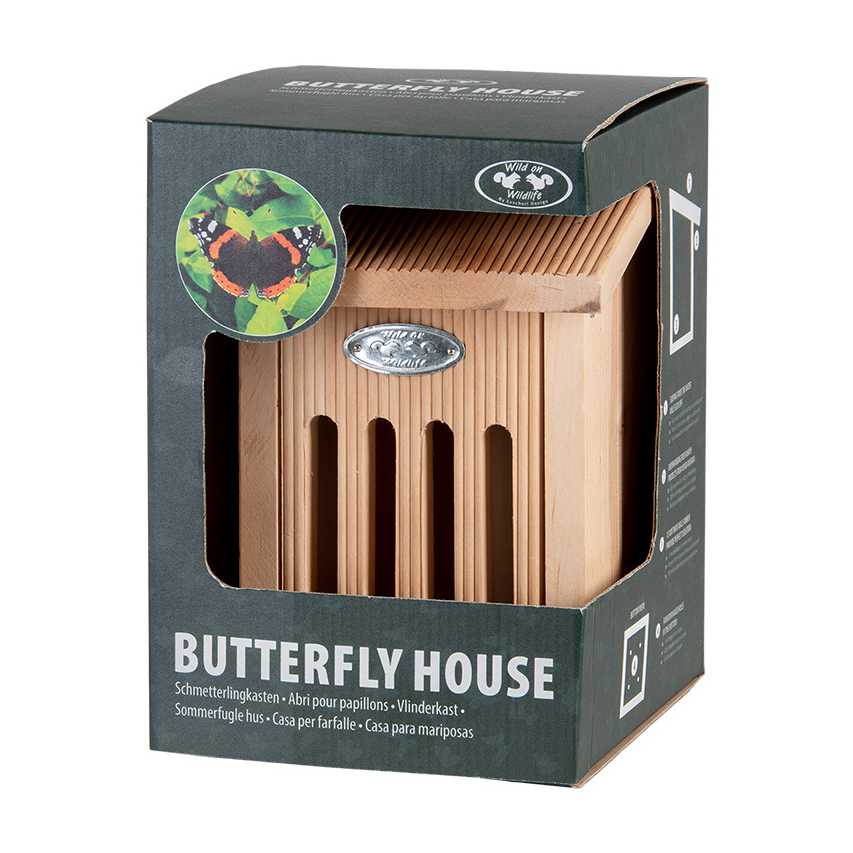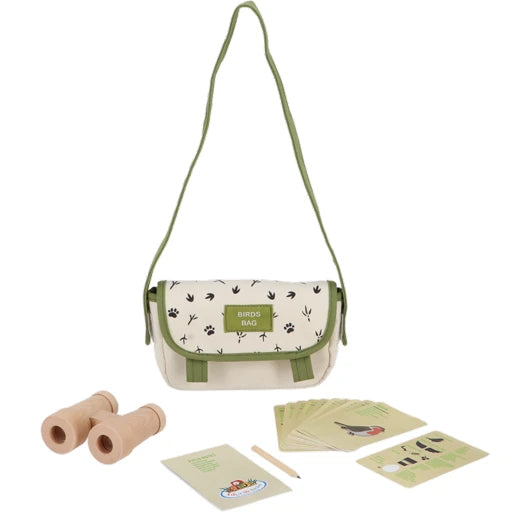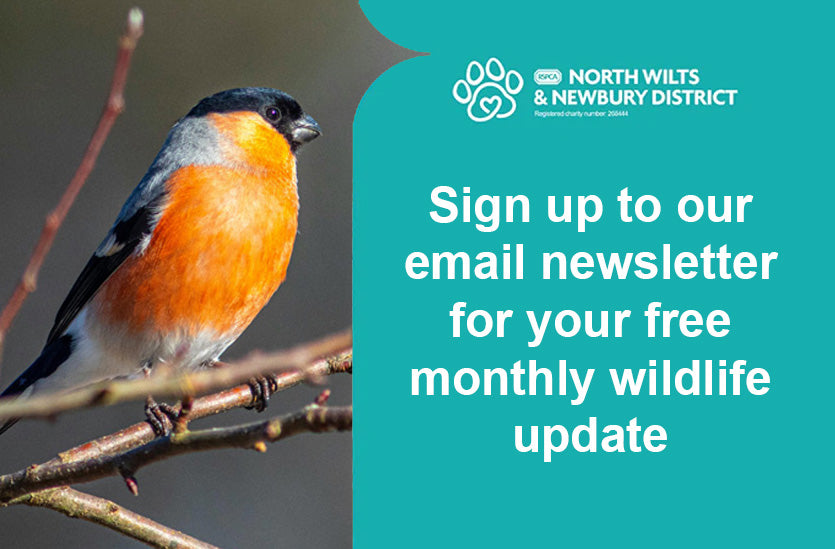Kestrel
Kestrels are known for their distinctive hovering flight as they search for prey in open habitats such as grasslands, farmlands, and moorlands. Kestrels are wild birds that are currently classified as endangered in the UK, meaning they are protected by law.
One of the most interesting aspects of kestrels is their migration patterns. While some kestrels are resident birds that stay in the UK year-round, others migrate to warmer climates during the winter months. These migratory kestrels can travel thousands of miles to reach their wintering grounds before returning to the UK in the spring.
Kestrels build their nests in a variety of locations, including tree cavities, cliffs, and even man-made structures such as buildings and nest boxes. These nests are typically lined with feathers and other soft materials to provide a comfortable environment for the kestrel chicks.
One of the most striking features of kestrels is their plumage. These birds have a combination of grey, brown, and white feathers that help them blend in with their surroundings. Male kestrels can be distinguished by their slate-grey heads and tails, while females have a reddish-brown hue to their plumage.
The beak of a kestrel is short and sharp, ideal for tearing into their prey. Kestrels primarily feed on small mammals such as voles and mice, but they will also eat insects, birds, and reptiles when necessary. These birds are skilled hunters, using their keen eyesight to spot prey from high above before swooping down to catch it.
In addition to their beak, kestrels are also known for their talons, which are used to grasp and hold onto their prey. These sharp talons are essential for hunting and provide the kestrel with a secure grip on their food.
Kestrels are also known for their distinctive call, which is a high-pitched scream that can be heard from a distance. This call is used to communicate with other kestrels and to establish territory boundaries.
Overall, kestrels are a fascinating and important part of the UK’s wildlife. These birds play a crucial role in controlling rodent populations and are a symbol of the country’s diverse and beautiful natural habitats. By learning more about kestrels and their habits, we can help ensure that these magnificent birds continue to thrive in the wild for generations to come.
One of the most interesting aspects of kestrels is their migration patterns. While some kestrels are resident birds that stay in the UK year-round, others migrate to warmer climates during the winter months. These migratory kestrels can travel thousands of miles to reach their wintering grounds before returning to the UK in the spring.
Kestrels build their nests in a variety of locations, including tree cavities, cliffs, and even man-made structures such as buildings and nest boxes. These nests are typically lined with feathers and other soft materials to provide a comfortable environment for the kestrel chicks.
One of the most striking features of kestrels is their plumage. These birds have a combination of grey, brown, and white feathers that help them blend in with their surroundings. Male kestrels can be distinguished by their slate-grey heads and tails, while females have a reddish-brown hue to their plumage.
The beak of a kestrel is short and sharp, ideal for tearing into their prey. Kestrels primarily feed on small mammals such as voles and mice, but they will also eat insects, birds, and reptiles when necessary. These birds are skilled hunters, using their keen eyesight to spot prey from high above before swooping down to catch it.
In addition to their beak, kestrels are also known for their talons, which are used to grasp and hold onto their prey. These sharp talons are essential for hunting and provide the kestrel with a secure grip on their food.
Kestrels are also known for their distinctive call, which is a high-pitched scream that can be heard from a distance. This call is used to communicate with other kestrels and to establish territory boundaries.
Overall, kestrels are a fascinating and important part of the UK’s wildlife. These birds play a crucial role in controlling rodent populations and are a symbol of the country’s diverse and beautiful natural habitats. By learning more about kestrels and their habits, we can help ensure that these magnificent birds continue to thrive in the wild for generations to come.
